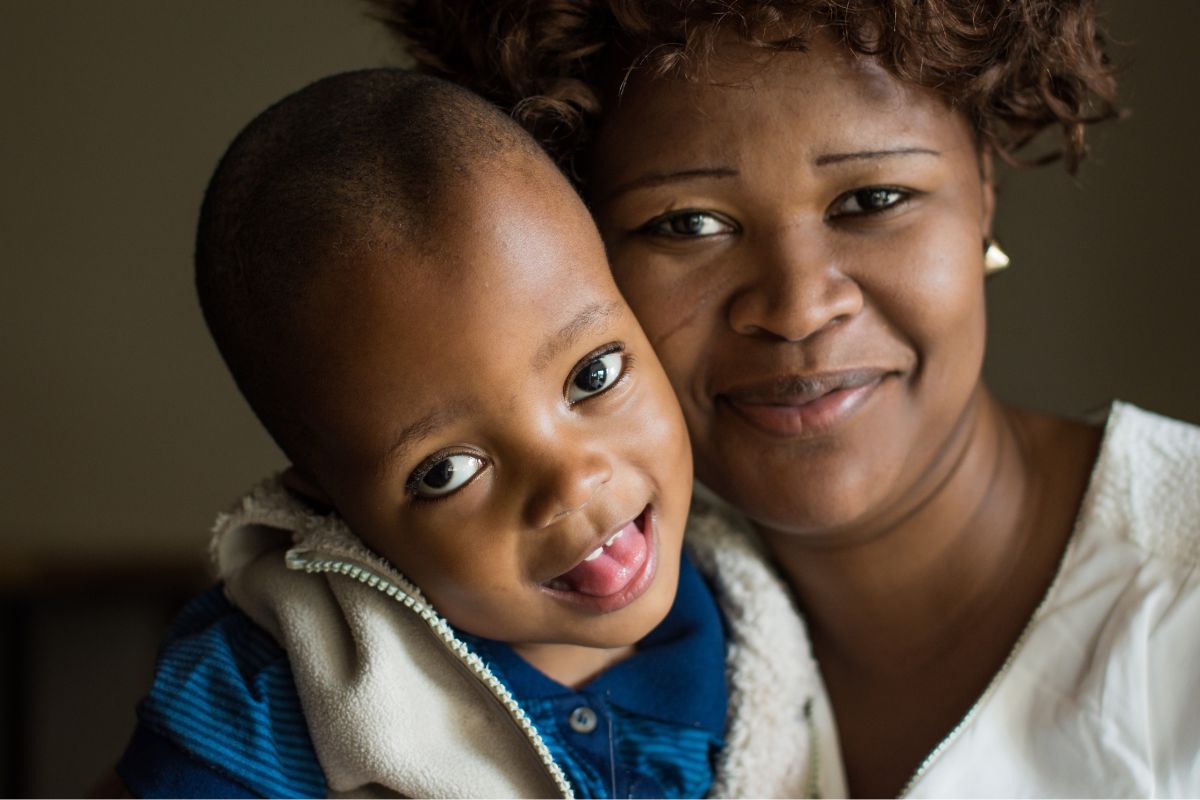
Ever wondered how bone fragility, craniosynostosis, proptosis, and hydrocephalus connect? These conditions often appear together in various syndromes, creating a complex web of health challenges. Bone fragility, like in osteogenesis imperfecta, leads to brittle bones prone to fractures. Craniosynostosis involves the premature fusion of skull bones, affecting head shape and brain growth. Proptosis, the abnormal protrusion of the eyeball, can result from craniosynostosis or genetic syndromes. Hydrocephalus, the buildup of cerebrospinal fluid in the brain, increases pressure and can cause developmental delays. Understanding these conditions helps in early diagnosis and better management, improving the quality of life for those affected.
Understanding the Conditions
Bone fragility, craniosynostosis, proptosis, and hydrocephalus are complex conditions that often appear together in various syndromes. Each condition has unique characteristics and implications for diagnosis and treatment. Let's explore these conditions in detail.
Bone Fragility
Bone fragility is a condition where bones are more prone to fractures. This can be due to genetic disorders or other underlying health issues.
-
Bone fragility is a hallmark of several syndromes, including osteogenesis imperfecta (OI). OI affects collagen production, leading to brittle bones. There are different types of OI, ranging from mild to severe, with varying degrees of bone fragility.
-
Bruck syndrome involves congenital brittle bones and joint contractures. This rare condition is distinct from OI and is caused by mutations in different genes. Bruck syndrome often presents with wormian bones and is inherited in a recessive manner.
-
Hypophosphatasia is characterized by low alkaline phosphatase activity. This rare genetic disorder leads to bone fragility and other skeletal abnormalities. Symptoms can include premature birth and multiple fractures.
Craniosynostosis
Craniosynostosis involves the premature fusion of cranial sutures, affecting skull and brain growth. This condition can occur in isolation or as part of a syndrome.
-
Craniosynostosis affects about 1 in 2,100 to 2,500 live births. The condition can restrict normal skull, brain, and face growth, leading to various complications.
-
The type of craniosynostosis depends on which sutures are affected. Sagittal, coronal, metopic, or lambdoid sutures can be involved, each leading to different skull shapes and issues.
-
Crouzon syndrome and Apert syndrome are examples of syndromic craniosynostosis. These syndromes involve craniosynostosis along with other physical and sometimes intellectual disabilities.
Proptosis
Proptosis refers to the protrusion of the eyeball from the orbit. This can occur due to various conditions, including craniosynostosis and certain genetic syndromes.
-
Proptosis is a characteristic feature of Cole-Carpenter syndrome. This rare condition also includes craniosynostosis and hydrocephalus, along with distinctive facial features.
-
Proptosis can result from increased intracranial pressure. Conditions like craniosynostosis can obstruct normal cerebrospinal fluid flow, leading to increased pressure and eye protrusion.
Hydrocephalus
Hydrocephalus is the accumulation of cerebrospinal fluid (CSF) in the brain, leading to increased intracranial pressure. This condition can result from various causes, including craniosynostosis.
-
Hydrocephalus can lead to developmental delays and cognitive impairment. If left untreated, the increased intracranial pressure can cause serious complications.
-
Shunting procedures are often used to manage hydrocephalus. These procedures help drain excess CSF, relieving pressure on the brain.
Genetic Causes and Pathways
Many of these conditions have a genetic basis. Understanding the genetic causes and pathways involved is crucial for diagnosis and treatment.
-
Mutations in genes involved in collagen production can lead to bone fragility. Genes like COL1A1 and COL1A2 are often implicated in conditions like osteogenesis imperfecta.
-
The Sonic hedgehog pathway is crucial in cranial suture development. Mutations in genes like PTCH1 can lead to craniosynostosis.
-
The WNT-signaling pathway is essential for proper bone formation. Mutations in genes like WNT3A and WNT7A have been associated with craniosynostosis.
-
The NOTCH/EPH pathway is involved in cell signaling and differentiation. Mutations in genes like NOTCH2 have been linked to craniosynostosis.
-
The RAS/MAPK pathway regulates cellular processes like proliferation and differentiation. Mutations in genes like FGFR2 are associated with syndromic craniosynostosis.
-
Indian hedgehog is a critical factor in bone development. Mutations in genes like IHH have been linked to craniosynostosis.
-
Retinoic acid plays a crucial role in embryonic development. Mutations in genes like RARA have been associated with craniosynostosis.
-
The STAT3 pathway is involved in various cellular processes. Mutations in genes like STAT3 have been linked to craniosynostosis.
-
Filaminopathies are caused by mutations in the filamin gene (FLNA). These mutations can lead to craniosynostosis and other developmental abnormalities.
-
Mucopolysaccharidoses are genetic disorders caused by enzyme deficiencies. These conditions can lead to craniosynostosis and other skeletal abnormalities.
Understanding these conditions and their genetic causes is essential for early recognition and management. Early intervention can prevent long-term complications and improve the quality of life for affected individuals.
Understanding and Managing Complex Conditions
Bone fragility, craniosynostosis, proptosis, and hydrocephalus often intertwine in various syndromes, creating a challenging landscape for diagnosis and treatment. Recognizing these conditions early can make a world of difference in managing symptoms and improving quality of life. Genetic factors play a significant role, with pathways like Sonic Hedgehog and WNT-signaling being crucial in cranial development. Surgical interventions often become necessary for craniosynostosis and hydrocephalus, while bone fragility requires careful management to prevent fractures. Proptosis might need surgical correction to address orbital deformities. Each condition brings its own set of challenges, but understanding their interconnected nature helps in crafting effective treatment plans. Ongoing research into genetic and molecular mechanisms promises better diagnostic and therapeutic options in the future. Early intervention and a multidisciplinary approach remain key in tackling these complex conditions.
Was this page helpful?
Our commitment to delivering trustworthy and engaging content is at the heart of what we do. Each fact on our site is contributed by real users like you, bringing a wealth of diverse insights and information. To ensure the highest standards of accuracy and reliability, our dedicated editors meticulously review each submission. This process guarantees that the facts we share are not only fascinating but also credible. Trust in our commitment to quality and authenticity as you explore and learn with us.


